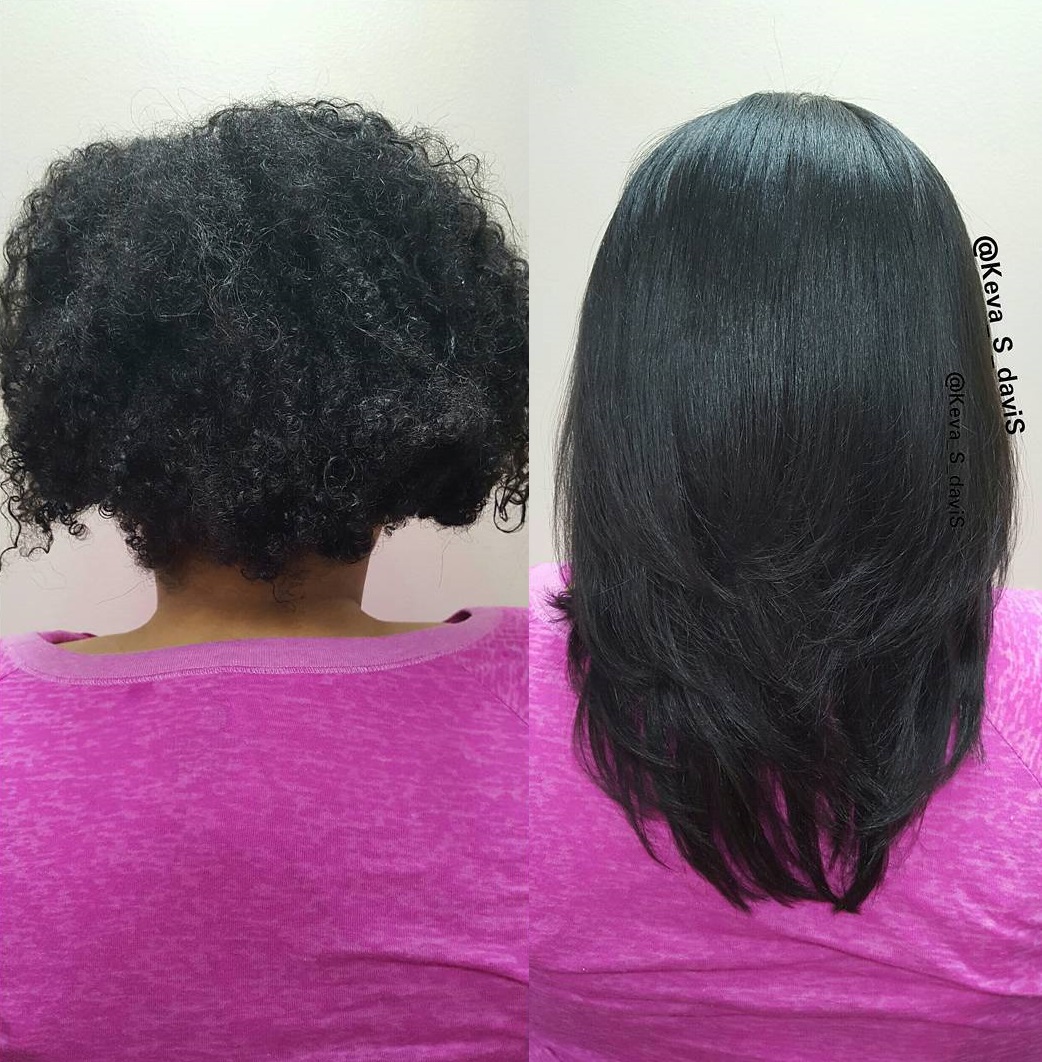Table of Content
Use paper towels to wipe raw soap from bowls and utensils. Getting rid of any extra raw soap material before washing cuts minimizes any harm the oils and lye might do to your pipes or septic tank. We love a good home improvement hack, and this is one of our favorites. If you’re having trouble making suction cups stick, try submerging your suction cup in hot water. Because the heat softens the material, this is an effective trick. You can buy soap bases from a variety of online outlets as well as at many craft stores.
Soap doesn’t need a scent to get your skin clean. But if you’d like to add a pleasant smell, you can use essential oils or fragrance oils. Below, you’ll find instructions for hot process soap. This method is beginner-friendly and has a fast turnaround. It makes 30 ounces, or 7 to 10 bars, of custom bar soap.
Now that you know how to make soap at home, which type are you going to make first?
The color of this soap comes from a blend of essential oils, such as litsea cubeba and orange, rather than colorant. Poppy seeds are a bit heavy, so wait until the soap cools a bit before you add them in so they don't fall to the bottom. We love this lavender dream soap recipe because it's perfect for a relaxing spa day ambiance. Use this type of soap for instant stress relief. Add in lavender buds plus orange, patchouli, and lavender essential oils for a more complex blend. It may be a challenge to use fresh flower petals in a soap.
Put the bottles or jars aside in a cool place to let the soap rest. When you are pouring your soap into their final bottles or tubes, be extra careful not to disturb the settled solids. This soap looks like a yummy loaf of lemon poppy seed cake. Poppy seeds are excellent for exfoliating because they remove dead skin cells, moisturize, and improve blood circulation.
Basic ingredients
Make a batch for gifting the men in your life. Many soap making recipes use common ingredients like milk, honey, and essential oils. However, many food products work well in soap recipes made from scratch, such as milk and honey.

If you want to explain exactly what recipe you used and we can try to help. As you get started, I’d strongly suggest that you use tested soapmaking recipes from trusted sources. If you continually have problems with unmolding soap, try reducing the water in your recipe by 0.5 ounce or adding around 1 1⁄2 teaspoons (7.5 ml) of sodium lactate .
Which soap-making method is right for you
They need to be lined with parchment or waxed paper before the soap is poured in. I usually stack my boxes and reuse them until they fall apart. It is also helpful to keep a spray bottle of white vinegar beside you for a quick spritz in case of splatters. The vinegar, being an acid, neutralizes the lye which is alkaline or base, saving you from skin irritation or burns. Of course, after the spritzing, you will still need to wash the affected area with water and soap. If you do, use a calculator like soapcalc to determine how to alter the recipe appropriately.

Making soap at home requires two types of ingredients — an acid and a base. These chemically react together in what is called “saponification” and produce the soap along with glycerin as a byproduct. No commercial or homemade soap can be made without these two ingredients. The soap you make won't kill germs, but it will certainly wash them away as well as any other bar soap you might buy. If the coconut oil has completely melted, add the olive oil.
Cut and Weigh the Melt and Pour Soap Base
A combination of both can be used to make gel-like soaps. Lye can generally be purchased online, at major retail stores, or hardware stores. Once the soap has reached trace, you'll need to give the mixture one more good stir, shake off your stick blender, put the lid on the pot, and wait.

Hear us out on this, but we think there’s just something super satisfying about a bar of handmade soap. Pick a bar with pretty colours to look great on the side of your sink, and one with a great fragrance so your skin smells sweet and feels moisturised. Well, how much more satisfying would it be to make your own? You might be surprised how easy it is to learn how to make soap at home – read our handy guide to find out more. Gently stir the melted soap to completely incorporate the fragrance and color.
Even though lye is caustic and dangerous to work with, after it reacts with the oils in your soap , no lye will remain in your finished soap. Place all containers, bowls, and utensils in your sink once you’ve removed any excess soap. Soak and wash in hot water and dish soap Grease-cutting dish soap and a special sponge for utensils work best. You can pick up a variety of soap molds at your local craft store or use silicone baking pans.

You can use one of the online lye calculators to determine the correct amount of lye. The other thing to consider is that different oils bring different qualities to the soap. So if you are swapping out one oil for another you want to be aware of those qualities and be sure that you are swapping it out with an oil that has similar qualities. If you are interested in learning more you can check out Jan Berry at thenerdyfarmwife.com She has great articles, books and courses that will help you. I’m so happy that I was able to share the basics of soapmaking with you from Jan Berry’s new book. Hopefully, now you have a better understanding of all the steps in the soapmaking process, and you’re ready to pick your first soapmaking recipe.

No comments:
Post a Comment